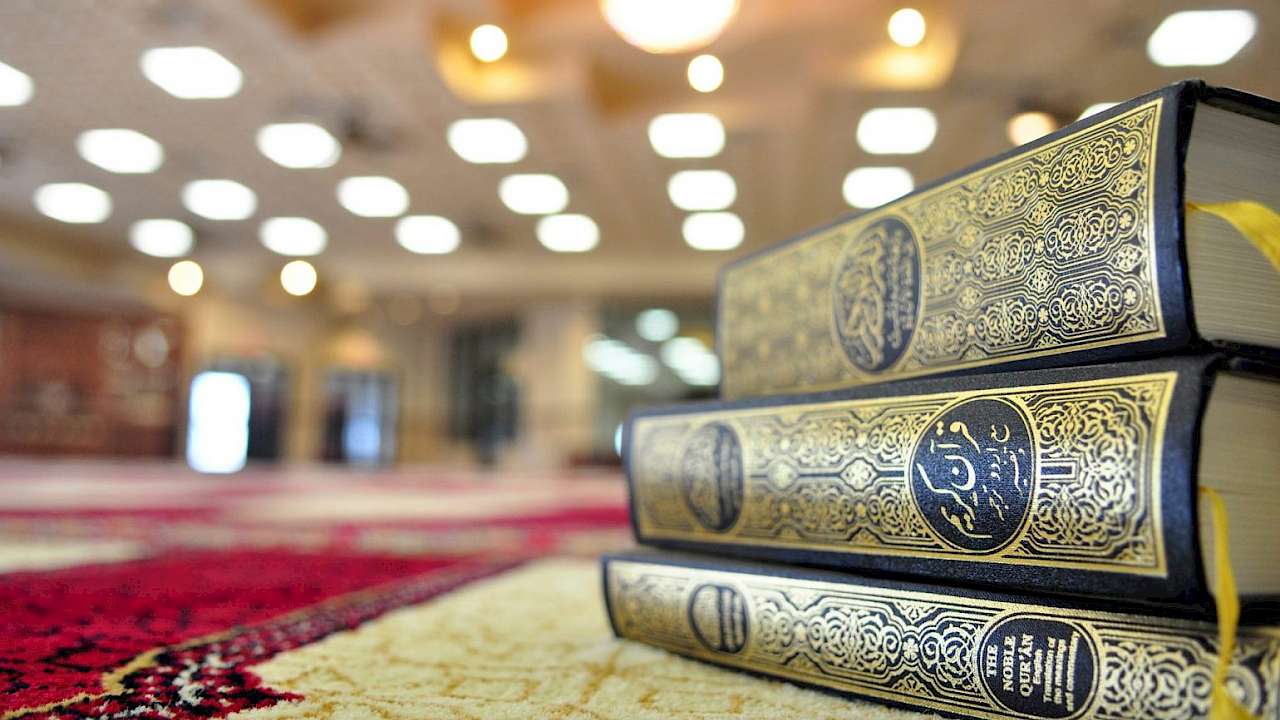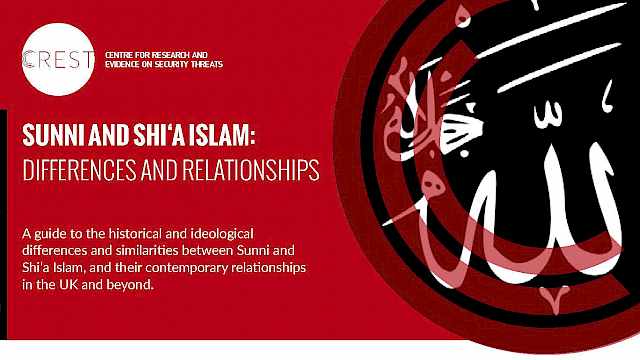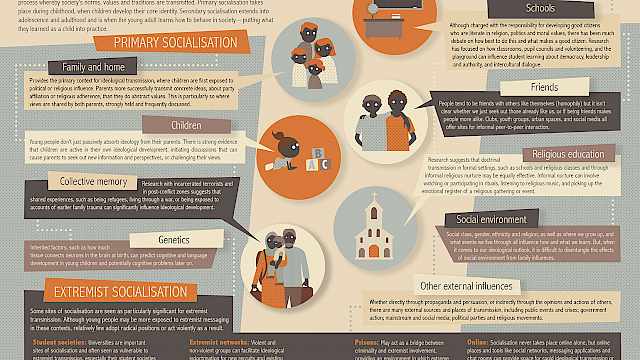Conversion to Islam is the process whereby a non-Muslim takes on a new religious identity, adopts new beliefs and practices, learns to live as a Muslim and gradually becomes accepted as one by others.
Key points
A convert testifies three times that there is no God but God and Muhammad is His messenger, normally in front of witnesses.
However, the conversion process is best seen as a journey and not a single event.
In European countries, converts generally make up between one and five per cent of the Muslim population, but in the United States, the figure rises to nearly 25 per cent.
Many different types of people convert to Islam in the West, with most converts being in their 20s.
Individuals are motivated to convert for many reasons: some relate to personal transformation and identity, others to external social and political factors. Theological explanations are often given, and many converts consider themselves destined or called by God to turn to Islam.
Conversion involves learning, not just the tenets and practices of Islam, but also about how to live as a Muslim.
The conversion process may include stages of zealotry, disappointment, acceptance and secularisation.
Like other Muslims, converts experience Islamophobia. But they may also be criticised by other Muslims for not being Muslim enough or for not adopting cultural as well as religious practices.
Conversion and radicalisation are not the same. The vast majority of converts to Islam in the West are not radicalised into Islamist extremism.
However, among Muslims convicted of terrorism offences or identified as foreign fighters in the US and UK, converts are overrepresented.
Copyright Information
As part of CREST’s commitment to open access research, this text is available under a Creative Commons BY-NC-SA 4.0 licence. Please refer to our Copyright page for full details.






